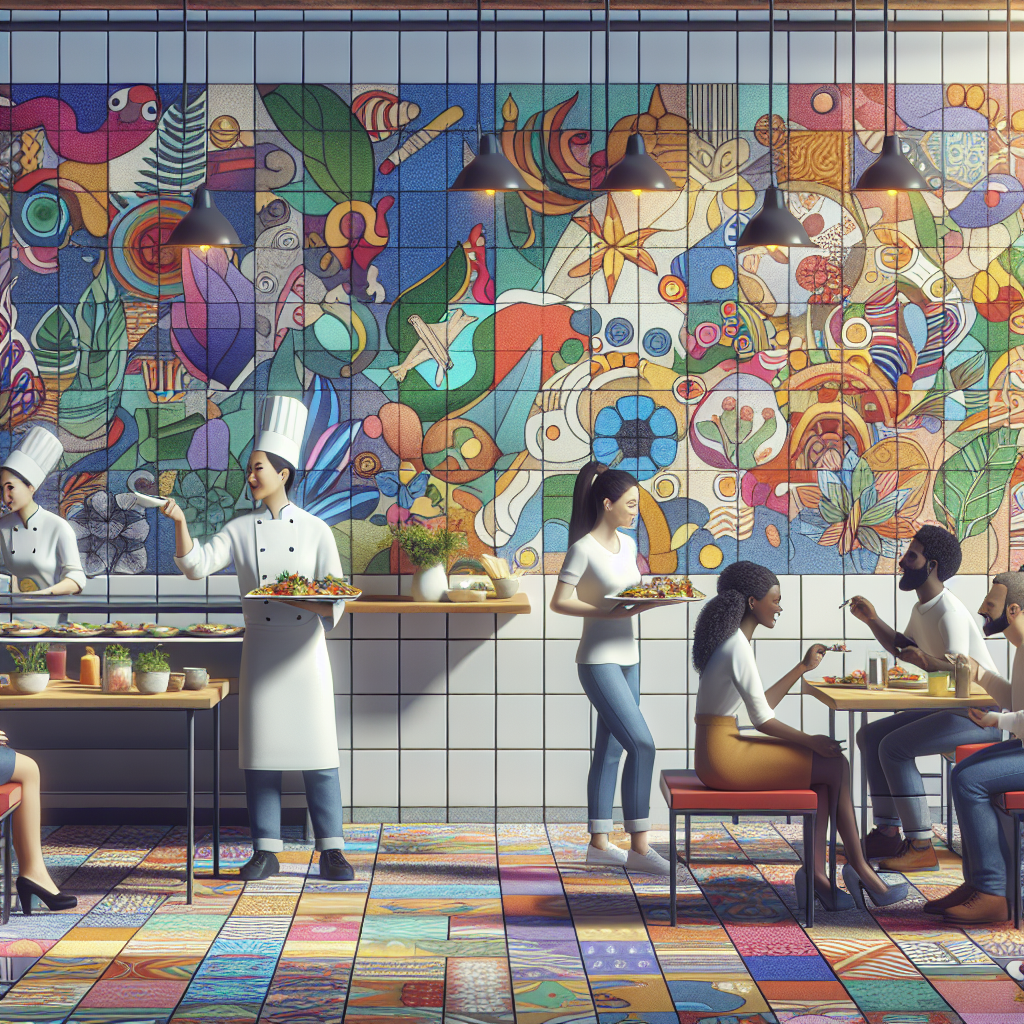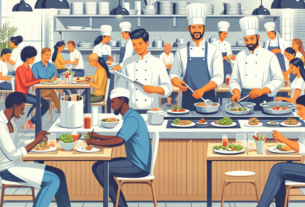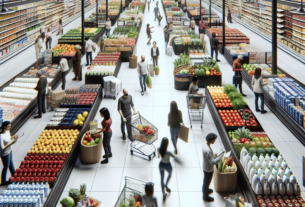The Evolution of Dining Habits Over the Last Decade
In recent years, the way people dine and consume food has undergone significant changes. This shift in dining habits can be attributed to various factors such as changing lifestyles, technological advancements, health consciousness, and globalization. In this report, we will explore the evolution of dining habits over the last decade, including key trends, challenges, innovations, and future projections.
The Rise of Food Delivery Services
One of the most notable changes in dining habits over the last decade has been the rise of food delivery services. Platforms like UberEats, DoorDash, and Grubhub have revolutionized the way people order and consume food. According to a report by Statista, the global online food delivery market was valued at $107.44 billion in 2020 and is projected to reach $154.34 billion by 2023.
This trend has been driven by the convenience and variety offered by food delivery services. With just a few taps on their smartphones, consumers can now order food from a wide range of restaurants and have it delivered to their doorstep within minutes. This has led to a decrease in dine-in visits to restaurants and an increase in at-home dining experiences.
Financial Impact of Food Delivery Services
The rise of food delivery services has had a significant financial impact on the restaurant industry. While some restaurants have seen an increase in revenue through online orders, others have struggled to compete with the high fees charged by third-party delivery platforms. According to a report by McKinsey, restaurants can pay up to 30% in commission fees to these platforms, cutting into their profit margins.
Additionally, the increased competition in the food delivery market has forced restaurants to invest in technology and marketing to stay relevant. This has led to additional costs for many establishments, further impacting their bottom line.
Shift Towards Healthier Eating Habits
Another key trend in the evolution of dining habits over the last decade has been the shift towards healthier eating habits. Consumers are becoming more conscious of the impact of their food choices on their health and well-being, leading to a growing demand for healthier options on restaurant menus.
According to a report by Technomic, a leading food research firm, 64% of consumers say they are more likely to visit a restaurant that offers healthy options. This has led to an increase in the availability of plant-based and gluten-free dishes, as well as a focus on fresh, locally sourced ingredients.
Market Share of Health-Conscious Restaurants
The rise of health-conscious dining habits has also had a significant impact on the market share of restaurants. According to a report by NPD Group, sales of plant-based food in restaurants grew by 20% in 2018, outpacing the overall restaurant industry growth rate of 3%. This trend is expected to continue as more consumers embrace plant-based diets for health and environmental reasons.
Restaurants that have adapted to this shift in consumer preferences have seen an increase in foot traffic and sales, while those that have not may struggle to stay competitive. In response to this trend, many restaurants are now offering healthier options on their menus and promoting them through various marketing channels.
Impact of Technology on Dining Habits
Technology has played a significant role in shaping the evolution of dining habits over the last decade. From online reservations to mobile ordering and payment, consumers now have more options than ever to interact with restaurants and food service providers.
One of the most notable technological advancements in the restaurant industry has been the use of mobile apps for ordering and payment. According to a report by Toast, a leading restaurant technology company, 79% of consumers say they are more likely to use a restaurant’s mobile app to order food than they were two years ago.
Future of Technology in Dining
The future of dining habits is likely to be even more technology-driven, with the increasing use of artificial intelligence, virtual reality, and augmented reality in the restaurant industry. These technologies have the potential to enhance the dining experience, personalize menu recommendations, and streamline operations for restaurants.
For example, some restaurants are already using AI-powered chatbots to take customer orders and answer questions, while others are experimenting with VR and AR to create immersive dining experiences. As these technologies become more affordable and accessible, they are expected to become mainstream in the restaurant industry.
Conclusion
In conclusion, the evolution of dining habits over the last decade has been shaped by a variety of factors, including the rise of food delivery services, the shift towards healthier eating habits, and the impact of technology on the restaurant industry. As consumers continue to seek convenience, variety, and health-conscious options, restaurants will need to adapt to these changing preferences to stay competitive in the market.
By embracing new technologies, offering healthier menu options, and optimizing their operations, restaurants can position themselves for success in the evolving dining landscape. It is clear that the future of dining will be driven by innovation, consumer preferences, and technological advancements, making it an exciting time to be a part of the food service industry.



